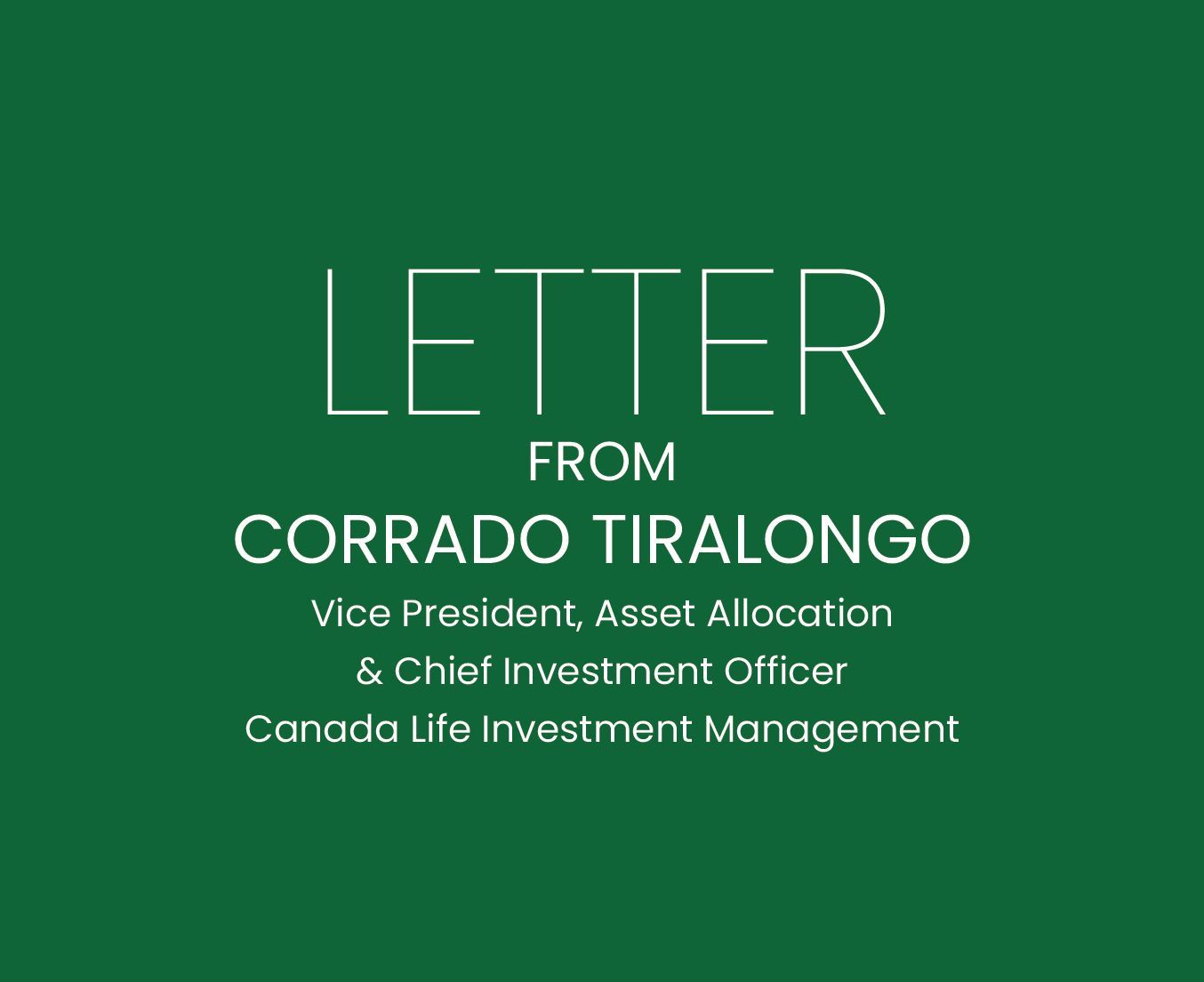One of life’s greatest satisfactions is knowing that you’ve made a difference. And when that difference comes from charitable giving, you’re able to support a cause you believe in and help the lives of others.
At some point in your life, your charitable giving may evolve from making smaller cash donations each year to leaving a very significant charitable gift. When giving evolves in this way, it’s not only the size of the donation that changes – it’s the sheer number of ways to donate. More than 10 planned giving methods are available.
But there’s no need to feel overwhelmed. First of all, you can receive assistance from your advisor or a planned giving professional at a charity. Second, the variety of choices means there’ll be a method that suits your financial situation, tax and estate plans, and personal preferences.
Common ways to leave a legacy
A charitable donation that takes effect upon your passing provides a generous tax credit. Up to 100% of net income can be claimed as donations in the year of passing or the preceding year. In effect, the donation receipt from a charitable gift can potentially erase an estate’s tax liability.
One of the most common ways to leave a large gift is through a charitable bequest, a donation you make through your will. This gift can be listed in the will as a dollar amount or percentage of estate assets.
Or you can designate a charity as the beneficiary of a new or existing life insurance policy on your life. Your estate receives a donation tax receipt when the charity receives the death benefit. This method enables you to donate a guaranteed amount, which could be significantly more than the amount paid in premiums.
Often, an estate’s largest tax liability is the tax payable on assets of a Registered Retirement Savings Plan (RRSP) or Registered Retirement Income Fund (RRIF), when assets are not rolled over to a spouse. These assets are considered income on the final return and may be taxed at the highest marginal rate of about 50% or more. But if you designate a charity as beneficiary of your RRSP or RRIF, the estate receives a tax credit for the entire donation. Typically, this credit can eliminate the tax payable.
When you want to donate now
Making a large charitable gift during your lifetime may be desirable if your tax situation suits using the tax benefit now, or you want to witness the advances of the charity that you are helping to support. Donating cash is always an option. Your gift can be used immediately, you receive a donation receipt for the gift’s full value, and you can reduce your tax bill by claiming up to 75% of net income each year.
Even more tax-effective than giving a cash gift is to donate stocks, mutual funds and other publicly traded securities that have appreciated in value. You receive a donation receipt for the securities’ fair market value, and no tax is payable on the capital gain – not by you, not by the charity.
Another option, gaining in popularity, is giving through donor-advised funds. You contribute a lump sum and receive a donation receipt. The contribution is invested and managed on your behalf, with funds growing tax-free. Grants from the fund are directed to charities of your choice, which can be distributed on an annual basis well into the future.
With life insurance, the charity doesn’t receive the gift until your passing, but you do have the option of getting tax breaks now. If the charity is both the policy owner and beneficiary, you receive annual tax receipts for the premiums you pay. In this case, there is no donation tax receipt issued for the death benefit.
The methods we’ve described are all common ways of giving, but other choices are available, including a Tax-Free Savings Account (TFSA), foundation, charitable gift annuity and charitable remainder trust. Remember, the wide variety of planned giving methods is a good thing – you’ll be sure to find a way of giving that suits you and your financial picture.
And you’ll have an expert to guide you through the process. If you want to learn more about planned giving options, speak to your Advisor or contact one of our Advisors.
Investment Planning Counsel



